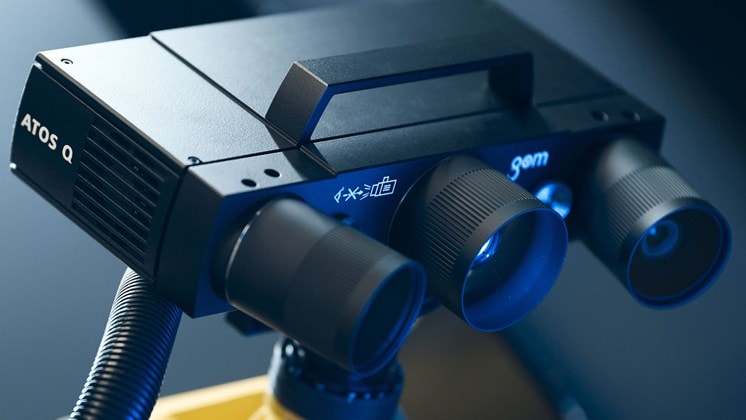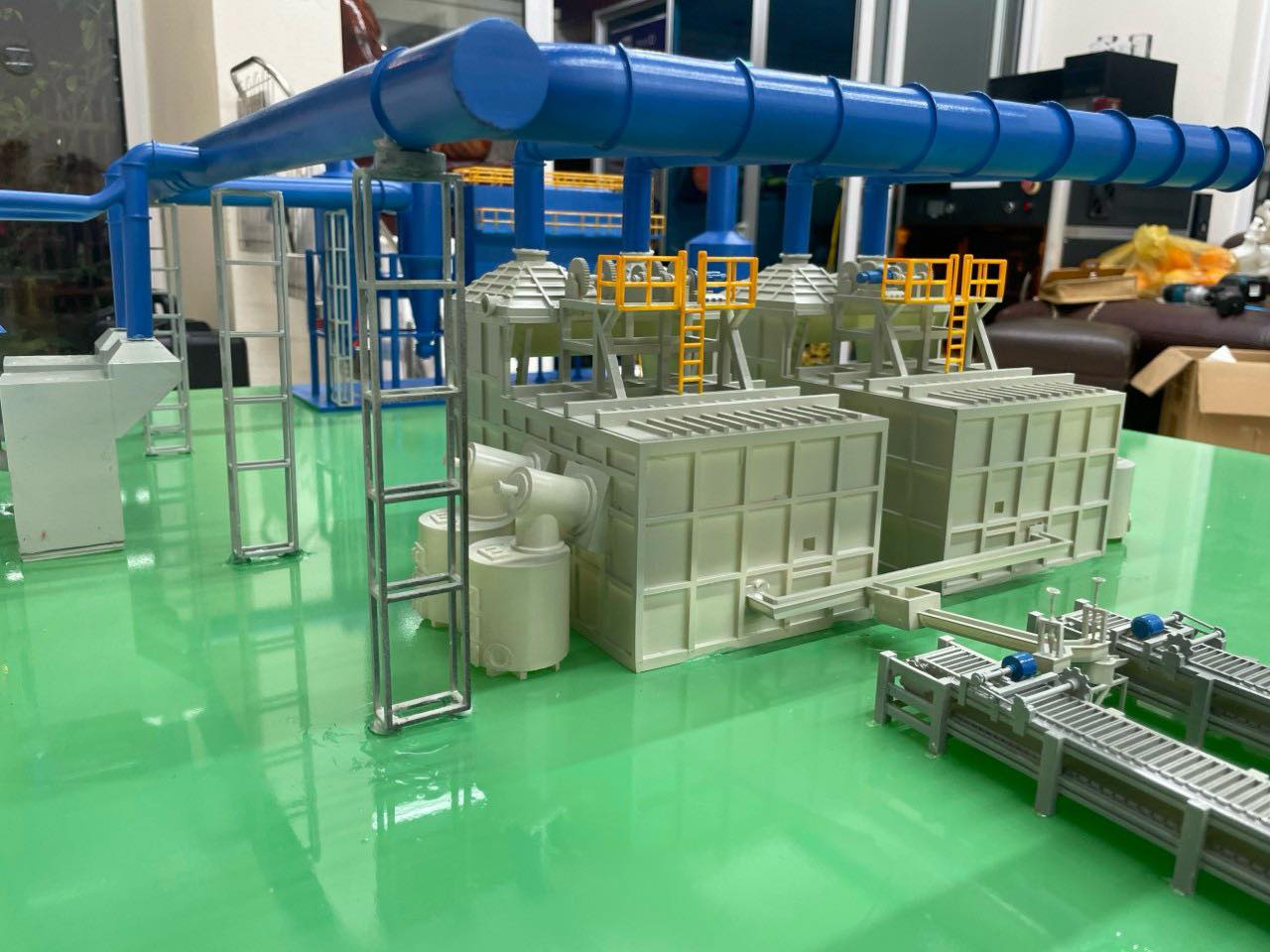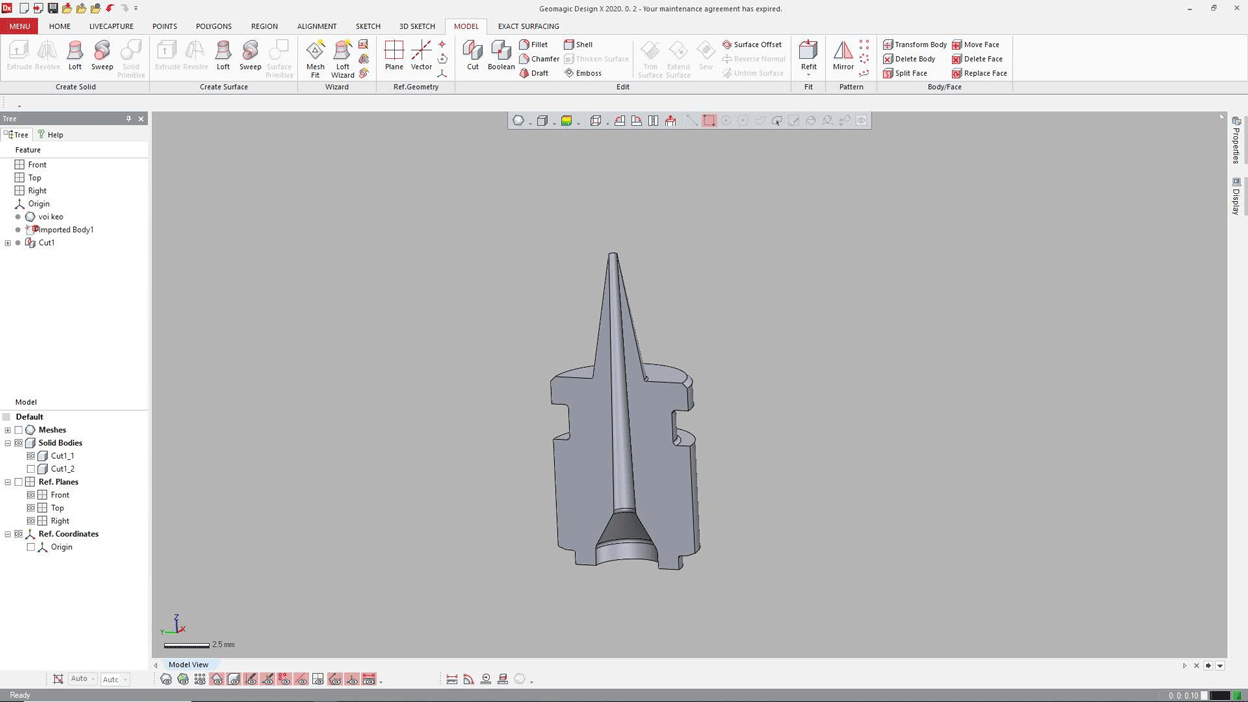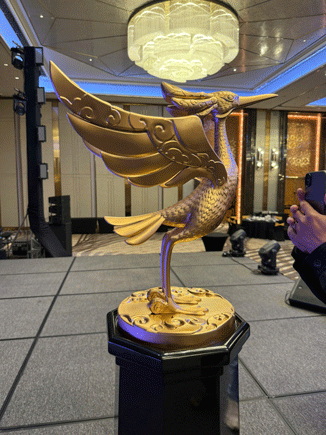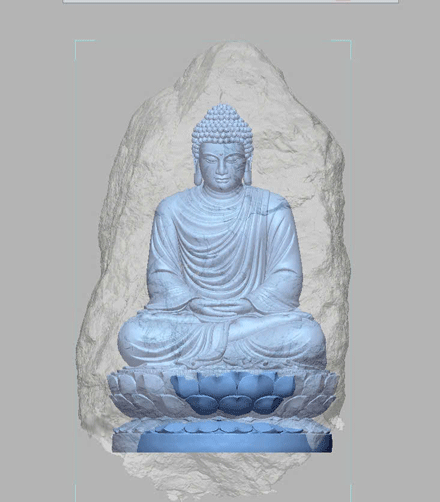Immerse yourself as a character in a 3D movie, solve traffic jams by analyzing simulation research… create a world of stereoscopic images that users can interact in as they wish, all are applications of virtual reality technology, a technology recognized to have enormous potential for application.
What is “Virtual Reality”?
Virtual Reality (VR) is a technology that uses spatial modeling techniques with the support of multimedia devices to build a simulated world (virtual environment) using computers to bring people into an artificial world with real space. The user will not be like an outside observer, but will become a part of the system. This “artificial” world is not static, but reacts and changes according to the user’s wishes (input signals) (through actions, words, …). Users see things changing on the screen according to their wishes and are attracted and sensed by this simulation.
There are many concepts of virtual reality today, and one of the widely accepted definitions is that of C. Burdea and P. Coiffet: “Virtual reality is a high-level interface system between the user and the computer. This system simulates objects and phenomena in real time and interacts with the user through a synthesis of sensory channels. That is the pentatonic sense: vision, hearing, touch, smell, taste”.
“Virtual Reality” system
A general VR system includes 5 components: software (SW), hardware (HW), network connection, users and applications.
HW (hardware): the hardware of a VR includes:
- Computer with strong graphics configuration
- Input devices: are devices that can stimulate the senses to create a sense of presence in the virtual world including: position detector to determine the observation position; positioning interface to move the user’s position. Gesture interface like data gloves (so that users can control objects…
- Output devices: including graphic displays (screens, headgear with display) to see 3D objects; audio devices (speakers) to hear surround sound (like Hi-Fi, surround,…); sensory feedback devices (gloves) to create tactile sensations when touching, holding objects; impulse feedback devices to create impact forces like when riding a horse, driving a car…
SW (software): software is always the soul of VR as well as any modern computer system. In principle, any programming language or graphics software can be used to model (Modelling) and simulate (Simulation) VR objects. For example, languages (can be found for free) OpenGL, C++, Java3D, VRML, X3D,… or commercial software such as WorldToolKit, PeopleShop,… Software of Any VR must ensure two main functions: modeling and simulation. VR objects are modeled by the software itself or converted from 3D models (designed by other CAD software such as AutoCAD, 3D Studio, …). Then the VR software must be able to simulate the kinematics, dynamics, and behavior of the object.
The reality simulator includes a computer system, peripheral hardware, graphics devices, and multimedia devices that provide the operator with the necessary sensory information and is considered the heart of the virtual reality system. For example, in the cabin simulation system of airplanes, cars, ships, etc., the cabin model is the “reality simulator”. Cabin system simulation devices create a virtual environment, in which the user controls the simulator and receives the feeling as when operating in a real environment. The image below shows a VR user looking at a screen connected to a remote computer simulation, feeling like he is learning to drive with gloves with sensors that control the steering operation. This is an example of a VR application for driving practice. When you feel proficient, you can drive in reality, which is very safe and successful.
Another important tool is the Head-Mounted Display (HMD), which has a Boom (Binocular Omni Orientation Monitor). The user wears a helmet, special glasses and through the binoculars looks directly at the screen of the helmet connected to the computer simulation, clearly seeing the 3D environment. When turning the head, the environment will change according to the rotation direction as in reality.
The data gloves will act when the user’s fingers touch the sensors, giving commands to control objects on the simulated screen. There are also many other sophisticated tools, depending on the needs, that affect the VR environment, making the activity extremely rich.
Basic characteristics of a “Virtual Reality” system
A virtual reality system, interactivity, real-time 3D graphics and immersion are considered key characteristics.
Real-time interactivity: means that the computer is able to recognize the user’s input signal and immediately change the virtual world. The user sees things change on the screen according to their wishes and is attracted to this simulation.
Immersion: is an effect that creates the ability to selectively focus the highest attention on the information from the user of the virtual reality system. The user feels like he is part of the virtual world, immersed in it. VR pushes this feeling even further by influencing other sensory channels. Users can not only see 3D graphic objects, control (rotate, move…) objects, but also touch and feel them as if they were real. Researchers are also looking for ways to create other sensations such as smell, taste in the virtual world.
Interactivity: There are two aspects of interactivity in a virtual world: travel within the world and dynamics of the environment. Travel is the user’s ability to move around independently, as if they were inside a real environment. Software developers can set restrictions on access to certain virtual areas, allowing for different degrees of freedom (Users can fly, pass through walls, walk around or swim…). Another aspect of travel is the positioning of the user’s viewpoint. Viewpoint control is the user tracking themselves from a distance, observing a scene through the eyes of another person, or moving around the design of a new building as if sitting in a wheelchair… Dynamics of the environment are the rules of how people, objects and things interact with each other in an orderly manner to exchange energy or information. VR is not only a system of human-computer interaction, but its applications are also related to solving real problems in engineering, medicine, military, etc. These applications are designed by VR developers and this depends a lot on human imagination to create a complete virtual reality system. From that intelligent, rich imagination, the designer can come up with accurate, eye-catching, impressive real-time 3D graphics that create immersion for the user. VR has enormous potential for application and those applications depend a lot on human imagination.
From “Virtual to Real”
In developed countries such as the US and Europe, VR has become a cutting-edge technology thanks to its wide application in all fields: science and technology, architecture, military, entertainment, education, commerce, medicine, manufacturing… With a computer installed with virtual reality viewing software, architects can help their customers see the outside, examine the inside of the house they are about to build. Customers can also download virtual furniture from a supplier to arrange in the virtual house to see if they like it or not. Doctors can test surgeries on simulated patients, both improving their skills and reducing the risk to patients. The military uses VR technology to simulate battlefields, create virtual equipment and environments for shooting practice, tank driving, flying planes, skydiving, etc. Travel companies can show guests hotels and part of the local landscape where they are about to travel. Some virtual reality applications demonstrate effects that are difficult to achieve under normal conditions, such as the demonstration of nuclear tests, scientific experiments, air traffic control systems, etc. In many countries in the region such as Japan, Thailand, etc., VR has brought great effectiveness in the conservation and restoration of architectural heritage.
Another promising application of virtual reality is the treatment of phobias, such as fear of public speaking, fear of flying, fear of heights, insects, etc., by allowing patients to directly interact with graphic models of the objects or incidents they fear. For example, “Spider World” is a program designed to help patients treat spider phobia. With this program, patients can control a virtual hand, gradually approaching and familiarizing themselves with spiders. The ultimate goal is to help patients feel like they are holding a spider that they were previously very afraid of, but in fact they are holding a (virtual) spider in their (virtual) hand. It is not an exaggeration to say that for those people, virtual reality has become a life-saving therapy.
A real trip through a virtual environment is obviously interesting, which is one of the reasons why VR is being exploited for its potential in the entertainment industry. In Japan, people have built “virtual ski rooms”. When they come there, players can not only ski to their heart’s content but also freely choose beautiful snowfields in the world.
Today, VR has become an industry and the VR market is growing annually by about 21% and is expected to reach about 3.4 billion USD in 2005 (according to Machover, 2004). The VR market in the US in the fields of medical surgery education and some other fields is estimated to reach 290 million USD in 2010 (according to Neurovr.org).
VR technology is breaking down the barriers between the real world and the imaginary world. Although at present, the cost of developing and bringing VR devices and services to users is still high, its potential applications are hard to ignore. In short, every “real” field in life can apply “virtual reality” to research and develop more completely.
Source: Internet
With the ability to control robots with thoughts, humans do not need to fear that one day they will dominate the earth.
Researcher Angel Perez Garcia said that he can make a robot work exactly as he wants with his thoughts. In the experiment, he used an electroencephalogram (EGG), using small electrodes attached to the head to detect electrical activity in the brain. Then he focused on a light symbol. The electrodes will read the activity in the brain and send signals to the robot to make it move as he wants.
“I can choose the lights on the screen. The robot’s activity will depend on the light I choose and what kind of activity is created from my thoughts,” Redorbit quoted Angel as saying. He can use the movements of his eyes, eyebrows and other parts of his face to control the robot’s joints.
Researchers hope that in the future, human life will be better with the help of robots. “The main goal of robotics research is to create robot companions that have a long-term relationship with the user. They can support the elderly in their daily activities, help the disabled in their lives, or care for patients during their recovery,” said Astrid Rosenthal-von der Putten of the University of Duisburg-Essen.
OTHER NEWS
